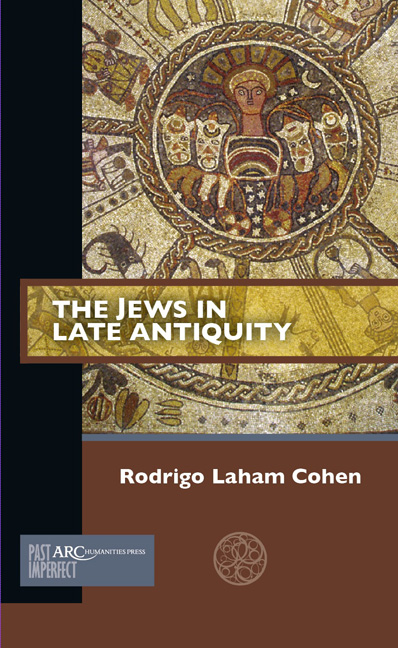Chapter 2 - Italy
Published online by Cambridge University Press: 28 January 2021
Summary
As we can read in Josephus and Philo, the Jewish community in Rome was prominent between the first century BCE and first CE (Cappelletti 2006; Simonsohn 2014). Roman Jews, however, were not of central concern for pagan writers, who mentioned Jews only marginally. Although many Jews arrived in Rome after the destruction of the Second Temple in 70 CE—the Arch of Titus is a permanent testimony of that fact—the life of Italian Jews continued without major changes.
Six Jewish catacombs—dated between the second and fifth centuries—were found in the city. Even though three were destroyed in modern times due to landslides, previous explorers took notes of inscriptions and there are now more than six hundred Jewish epitaphs registered. Thanks to epigraphy, we know that there were at least twelve synagogues in the city, although we do not know if they were active at the same time. We also know that Greek was the predominant language. This does not mean that Jews spoke Greek: the epigraphic language does not always coincide with the spoken one. In this sense, it is important to keep in mind that Greek was also a sacred language for the Jews in antiquity. In contrast, it is surprising that Hebrew—and Aramaic—represents less than 2 per cent of the record. It is likely that the Jewish communities of Rome opted for Greek as a sacred language and Latin as a quotidian one. Finally, no rabbi is mentioned in Roman inscriptions: Archisynagogos, gerusiarch, archon, grammateus, Father of the synagogue, Mother of the synagogue, are all acknowledged but no rabbi. This probably means that the rabbinization process generated in the Land of Israel did not reach Italy (and Europe) until the sixth century at the earliest (Schwartz 2002). O nly in that century—in Venosa—is a rabbi mentioned in a Jewish inscription. The rabbinization of Italy can also be observed when comparing Roman inscriptions with those from southern Italy (mainly from Venosa). In ninth-century Venosa, Jews not only date their epitaphs according to the falling of the Second Temple, but also use Hebrew as the primary epigraphic language. Talmudic fragments and piyyutim from Palestine are also found in ninth-century epitaphs from Venosa.
- Type
- Chapter
- Information
- The Jews in Late Antiquity , pp. 13 - 24Publisher: Amsterdam University PressPrint publication year: 2018



